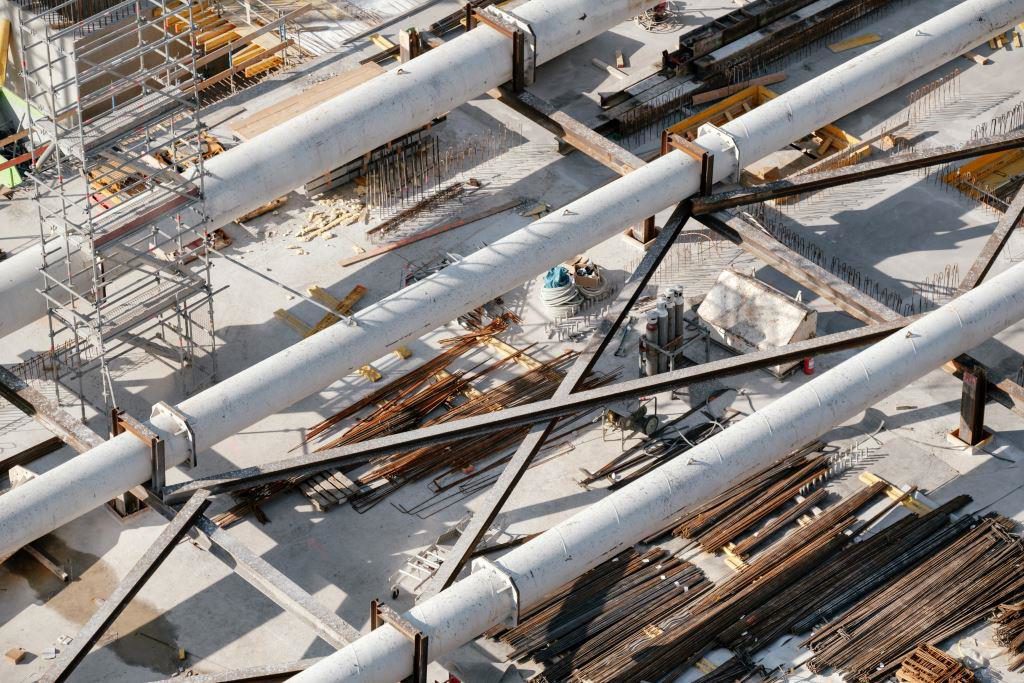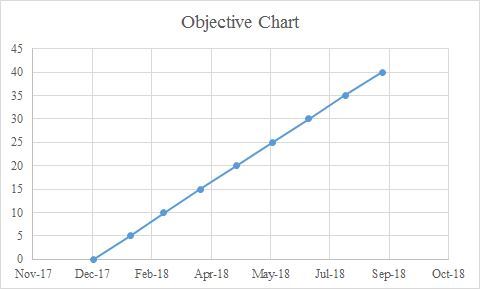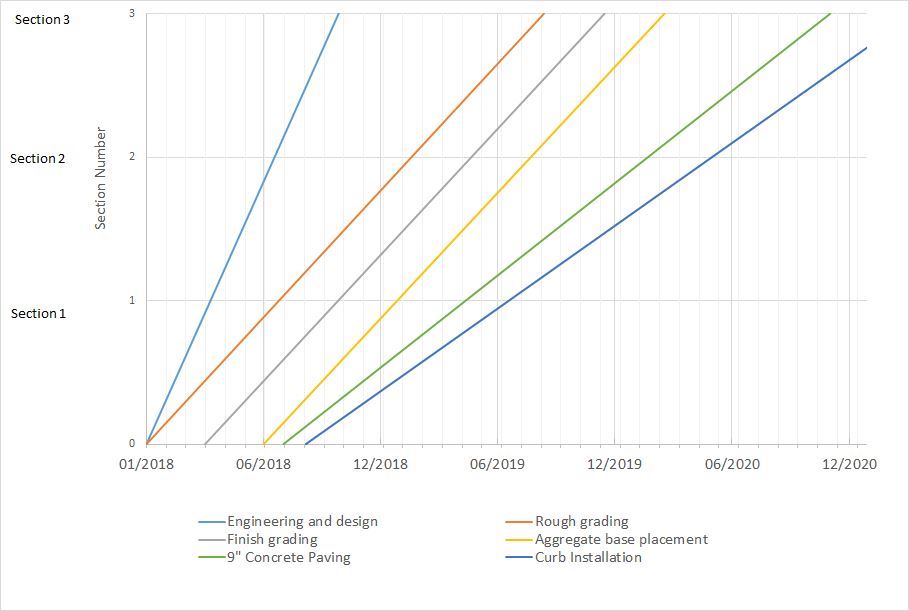Dr. Maryam Mirhadi, PMP, PSP
Project planning and scheduling professional may use different project scheduling methods and techniques for different projects depending on the type, size, and nature of projects. Repetitive scheduling techniques are used is in linear construction projects. In linear construction projects, the majority of the work is made up of highly repetitive activities. In these projects, a set of project activities are repeated in each location for the entire length of the work. Once a project activity is started and/or ended in one location, it is repeated in another location. Examples of linear construction projects include pipeline projects, highway construction, highway resurfacing and maintenance, airport runway construction and resurfacing tunnels, mass transit systems, and railroads. Because of the highly repetitive nature of the work, high-rise building projects are also often identified as linear in nature.
One of the important considerations in the planning of linear construction projects is to identify a location for the working crew to move to in a manner that its work does not interfere with the work of any other construction crew. Therefore, production rates have to be coordinated to prevent a preceding process from overtaking its succeeding process(s).
Traditional project planning and scheduling methods such as the critical path methods are typically inadequate for effective planning and scheduling of linear construction projects because these planning and scheduling methods do not account for work locations or spatial aspects and do not effectively model project activities that are repetitively performed. Due to such shortcomings, other methods such as line of balance (LOB), vertical production method (VPM), time couplings method (TCM), the repetitive project modelling (RPM), repetitive construction (REPCON), and the repetitive scheduling method (RSM) have been proposed in the literature to better satisfy the planning and scheduling needs of linear construction projects. The various repetitive scheduling techniques can be categorized into the two main classes of linear scheduling methods (LSM) and line of balance (LOB) techniques.
Line of balance techniques use three key types of charts to illustrate repetitive construction activities. These charts are objective chart, production plan, and progress chart. LOB was first used in the manufacturing industry. It starts with the end product and the ultimate output quantity and schedule in mind. This information is documented in the production plan and it is then used to establish a cumulative plan that delineates how much work ought to be delivered over time. This cumulative plan then becomes the objective chart against which the actual progress is measured using the progress chart. An example objective chart that is used in the line of balance method is shown in the figure below.
LSM schedules, however, use velocity diagrams representing each activity. The schedule format may provide the planned and actual production rates on a time-scaled format. A typical LSM diagram represents time along the X-axis (i.e., horizontal axis) and some measure of repetitive units along the Y-axis (i.e., vertical axis). This diagram also includes lines that represent all the linear activities that are involved in the completion of the repetitive units. A linear activity is a project activity that progresses along a physical path. This path is represented by the location axis in the LSM. Over the course of the project and at any point of progress along this path, the activity is completed up to that point. For instance, consider an activity that involves rough grading before finish grading in a road construction project. In this example, as the path is rough-graded, the rough-grading activity is complete up to that point of progress along the path. Once the path is rough-graded at any location, no need exists anymore to go back and rough-grade the location. Therefore, any location along the path that is behind the current work location is a work-front for succeeding activities (e.g., finish grading) to be performed. An example LSM diagram is shown in the figure below.
In a future article, further considerations in developing the linear scheduling and line of balance techniques will further be described.
—
Our posts to the Insights page share fresh insights and seasoned advice about many project and construction management topics. To have the Insights monthly newsletter delivered automatically to your email inbox, please subscribe here.



